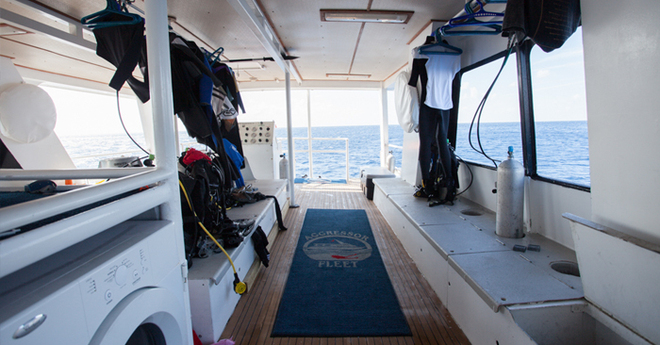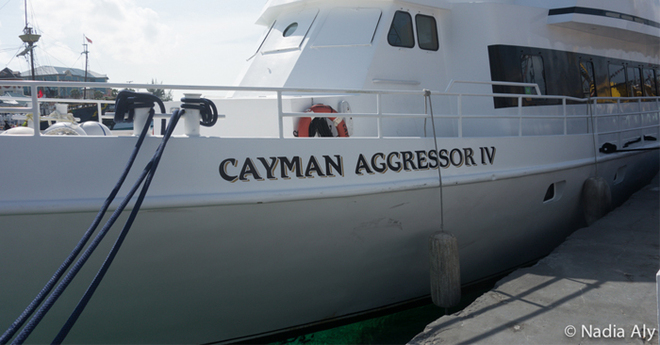In this four-part article, we’ll cover a range of tips for making the most of your dive holiday. While written primarily with liveaboard diving in mind, a number of these tips also apply to other dive-centric holidays.
Okay, so you’ve done your research, booked your liveaboard and arranged for someone to water your houseplants. You’re all set to go, right? Well, you still need to pack. And there are a few other preparations you might want to consider, too. So let’s take a look at how to prep for your liveaboard experience.

Packing soft
Following the typical advice of packing light is important, but also consider packing “soft.” Often, you’ll need to stash your stuff away in a relatively small cabin. And that means the bag you’ve packed your things in must be stashed, too. A large, stiff dive trolley may be practical at the airport. But on a liveaboard it can be cumbersome. So unless you truly need to haul things quite a distance, consider packing your gear in a soft duffle-style bag instead – it rolls up easily and can be tucked away in a drawer on the boat after you’ve unpacked.
Know what kit you’ll need
You can bring your own kit or you can typically choose to rent it from the liveaboard company, too. Regardless of your choice, you should make sure you have the following:
- SMB (Surface Marker Buoy). These surface markers are used to indicate your position to RIBs in case you need a pickup after a dive. Think of these things as a giant, inflatable hitchhiker’s thumb.
- Audible signaling device. An air horn or a whistle will help you if you need to attract attention to yourself on the surface, especially following a night dive.
- Torch. If night dives are on your liveaboard’s itinerary, make sure to either rent or bring along adequate torches – that includes both a primary and backup. And don’t forget spare batteries or a charger, too.
- EPIRB or DSC device (optional). These devices use GPS to transmit your position using an international distress frequency. They can assist search and rescue efforts should you be separated from your liveaboard boat. Bringing one along is a personal choice, as most liveaboards are very good at doing headcounts after dives.
- Spare batteries, light bulbs, fin straps, mask straps, etc. – all designed to fit your gear. Liveaboard boats will often have the very basics onboard, such as a collection of O-rings. But you’ll want to bring anything that is specific to your kit as the boat’s supplies will start to run low if many of divers need various spares. Also, while much dive gear is fairly standardized these days there remain variations among individual producers, which means that the specific battery you need for your specific computer may or may not be onboard.

Know your skills
Depending on the type of diving you’re used to and your level of experience, there are a few skills that can be worth practicing in order to be familiar with them.
SMB deployment. As mentioned above, SMBs are important to have on a liveaboard – but the devices serve little purpose if you don’t know how to properly deploy them. So if you don’t have much experience using SMBs, pick a spot where deploying one won’t cause a lot of fuss (possibly a swimming pool) and practice using the device a few times. And be sure not to do what one diver I dived with did – he chose to practice his SMB skills at a local beach, which caused the lifeguards to come to his “rescue” when it popped up to the surface.
Entries and exits. The entries you’ll be most frequently using to enter the water to dive will be the giant stride and backroll. If for some reason you haven’t done these skills since your last class, consider a refresher course. Also, some areas and operators may use a negative entry – a backroll with no air in the BCD – which enables you to start your descent as soon as you break the water’s surface, thus reducing the time spent in any surface current. If this technique is new to you, consider practicing it a few times in familiar waters.

In the upcoming third installment of this series, we’ll dive deeper into how to make the most of your days on the boat.

